Introduction to Angkor Wat Tours
Angkor Wat stands as Cambodia’s most revered temple complex, drawing travelers from around the world to witness its grandeur. Touring Angkor Wat is both a spiritual journey and an adventure, rewarding visitors with centuries-old architecture, intricate carvings, and the serenity of jungle-clad ruins. Whether you are a history enthusiast, a photographer, or simply seeking awe-inspiring sights, an Angkor Wat tour offers a deeply memorable experience.

In this comprehensive guide, we share expert advice and practical tips to help you plan the perfect visit to Angkor Wat and its surrounding temples.
Why Visit Angkor Wat?
The allure of Angkor Wat goes far beyond its impressive scale. This temple complex is a symbol of Cambodia and a UNESCO World Heritage Site, celebrated for its historical significance and breathtaking artistry. Each year, millions are drawn by the promise of sunrise vistas, ancient mysteries, and a profound sense of wonder.

What Makes Angkor Wat So Iconic?
Angkor Wat captivates visitors with its harmonious blend of spiritual symbolism and architectural mastery. The central temple’s five lotus-shaped towers, mirrored in the tranquil moat, create an unforgettable silhouette at dawn. Detailed bas-reliefs and stone carvings reveal stories from Hindu mythology and Khmer history.
For many, Angkor Wat’s enduring appeal lies in the way it merges sacred meaning with natural beauty—sunlight filtering through ancient corridors, the scent of frangipani trees, and the gentle hum of cicadas all contribute to an atmosphere that is both majestic and contemplative.
Brief History of Angkor Wat
Understanding Angkor Wat’s past enriches every step through its corridors. The temple’s story is woven into the rise and fall of the Khmer Empire, reflecting centuries of religious, political, and cultural change.
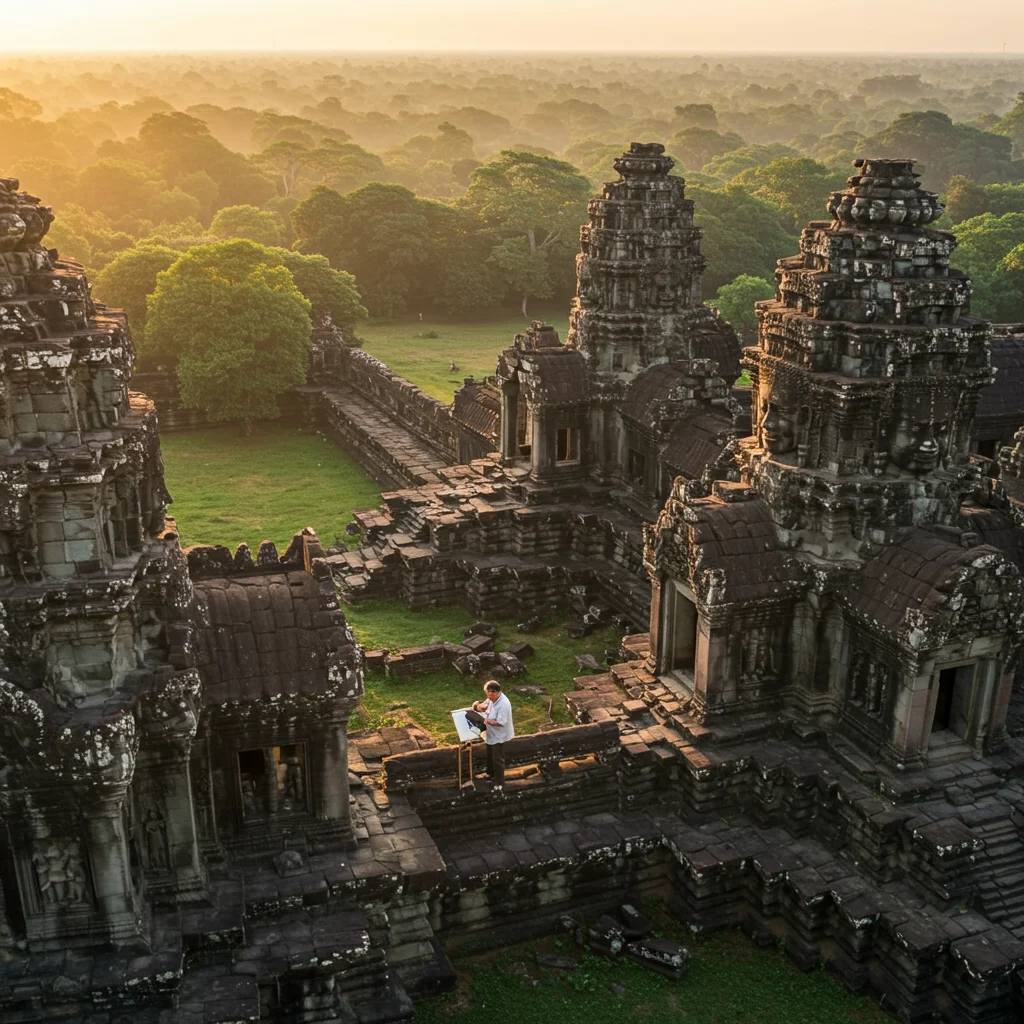
Who Built Angkor Wat?
King Suryavarman II commissioned Angkor Wat in the early 12th century as a state temple dedicated to the Hindu god Vishnu. It was constructed by thousands of skilled artisans, laborers, and architects who transformed sandstone into a sprawling masterpiece over several decades.
Key Historical Events at Angkor Wat
After its construction, Angkor Wat served as both a religious center and royal mausoleum. In the centuries that followed, the temple complex witnessed wars, invasions, and shifts in religious practice—from Hinduism to Buddhism. Despite periods of neglect, Angkor Wat remained remarkably well-preserved, thanks to continuous use and eventual rediscovery by Western explorers in the 19th century.
Angkor Wat’s Architectural Marvels
The architecture of Angkor Wat is a testament to Khmer ingenuity and devotion. Every element, from the grand causeway to the celestial towers, is imbued with symbolic meaning and technical brilliance.
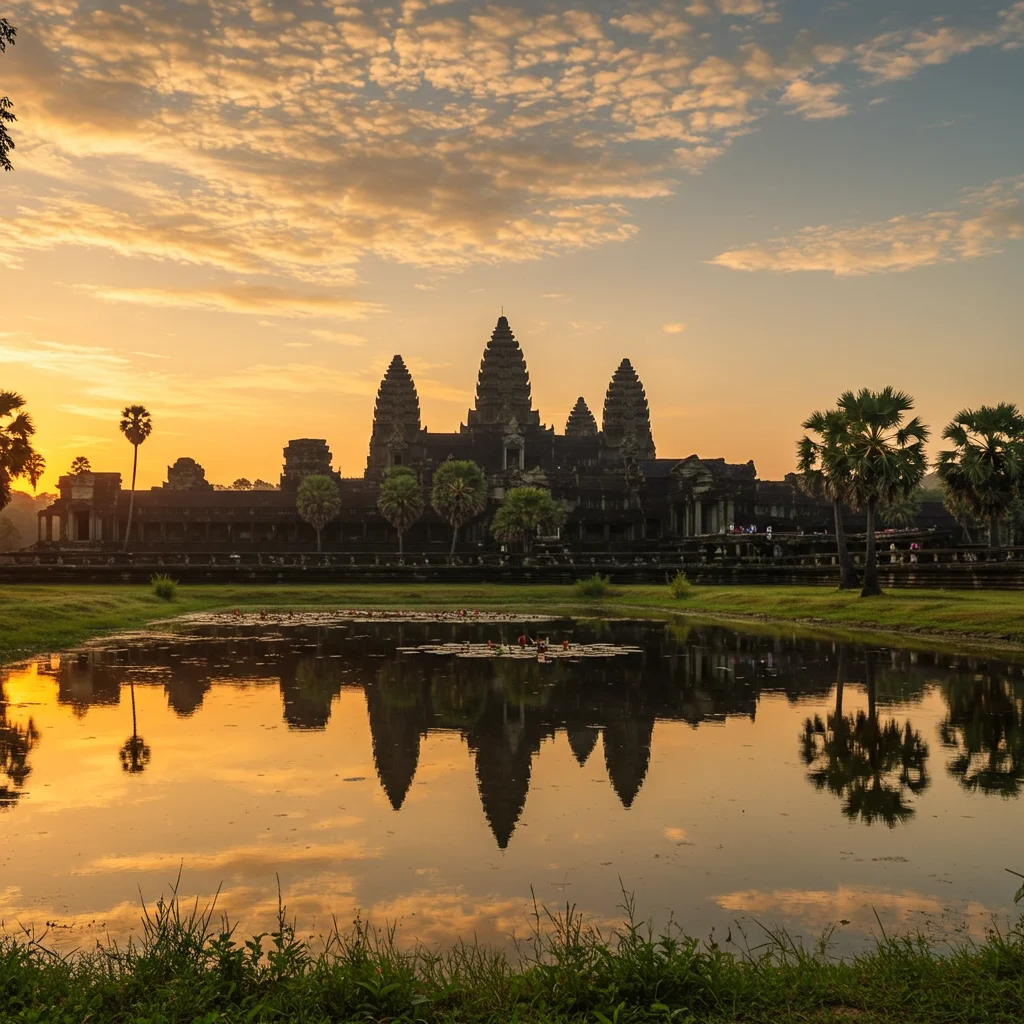
What Are the Unique Architectural Features?
Key features include the temple’s five central towers, symbolizing Mount Meru, the sacred center of the universe in Hindu cosmology. The galleries are lined with exquisite bas-reliefs depicting epic tales such as the Churning of the Ocean of Milk. The moat, nearly 200 meters wide, serves both as a spiritual boundary and a practical defense.
Symbolism in Angkor Wat’s Design
The entire layout of Angkor Wat is designed to represent the Hindu universe. The central sanctuary stands at the heart, surrounded by concentric galleries and a vast moat that echoes the cosmic ocean. Even the orientation—facing west—has special significance, possibly tied to funerary rituals.
Must-See Temples Within the Angkor Complex
Beyond Angkor Wat itself, the Angkor Archaeological Park contains dozens of remarkable temples, each with its own story and atmosphere. A well-planned tour will reveal both iconic landmarks and quieter corners where you can savor the ancient ambiance in peace.
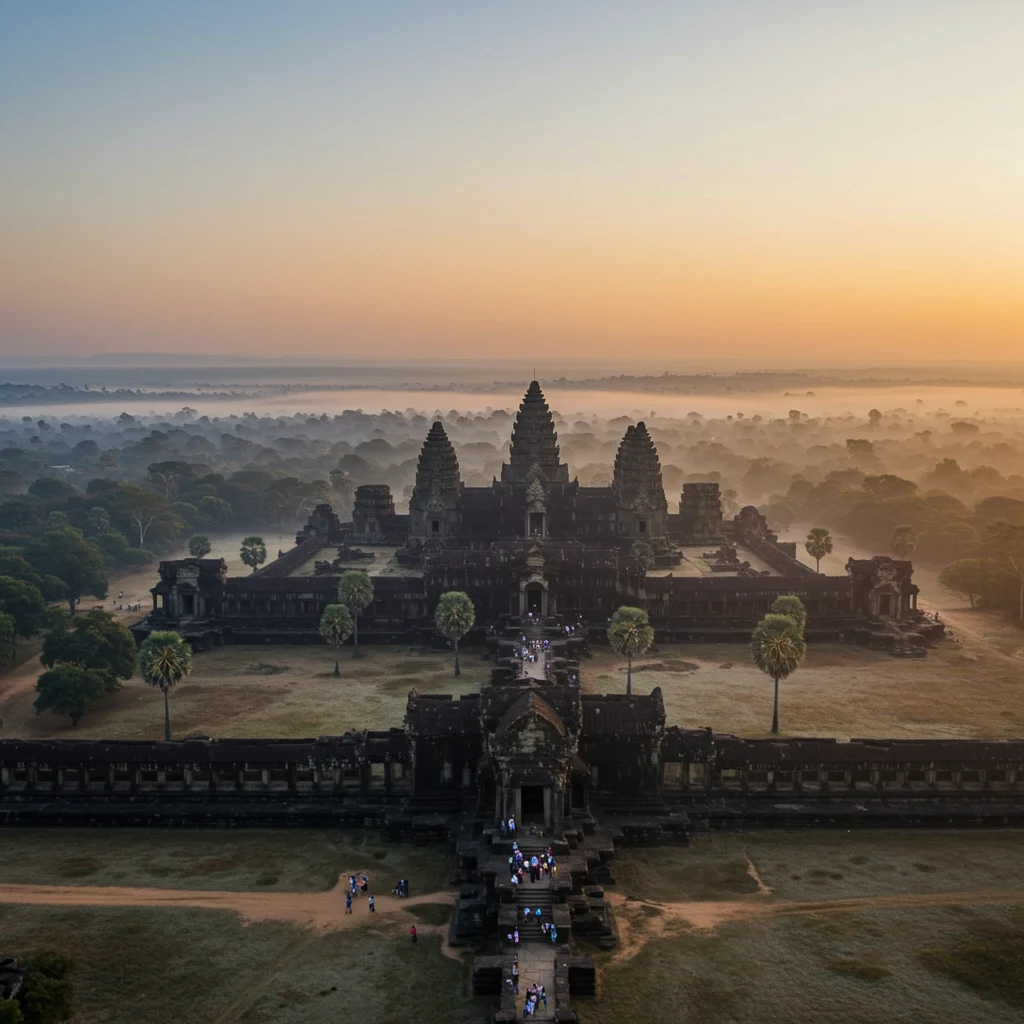
Angkor Wat Central Temple
The main temple is the crown jewel of the complex. Its towering spires, intricate carvings, and long corridors offer endless opportunities for exploration and reflection. Arriving at sunrise, you can watch the silhouette of Angkor Wat emerge from the darkness, mirrored in the lotus pond—a sight that leaves a lasting impression.
Bayon Temple
Bayon is renowned for its enigmatic stone faces, carved into towering spires that gaze serenely in all directions. Wandering through its maze-like corridors, you’ll find elaborate bas-reliefs depicting historical battles and scenes of daily Khmer life.
Ta Prohm – The Jungle Temple
Ta Prohm is famous for its haunting beauty, where massive tree roots entwine with crumbling stone walls. The interplay of nature and architecture creates a dreamlike atmosphere, especially in the soft morning light. This temple became internationally recognized after featuring in the film “Tomb Raider.”
Preah Khan
Preah Khan offers a quieter, more contemplative experience. Its sprawling layout includes hidden shrines, moss-covered walls, and tranquil courtyards. The temple’s semi-ruined state invites reflection on the passage of time and the enduring power of nature.
Banteay Srei
Known as the “Citadel of Women,” Banteay Srei is celebrated for its delicate pink sandstone and exceptionally detailed carvings. The temple’s smaller scale allows visitors to appreciate its artistry up close, with floral motifs and mythological scenes adorning every surface.
Other Notable Temples to Explore
Other highlights include Ta Som, East Mebon, and Neak Pean, each offering unique architectural or historical features. Adventurous travelers may wish to seek out lesser-known ruins tucked away in the jungle, where solitude and discovery await.
Planning Your Angkor Wat Tour
A successful visit to Angkor Wat requires thoughtful planning. From choosing the right itinerary to timing your visit for the best weather and light, a little preparation goes a long way.
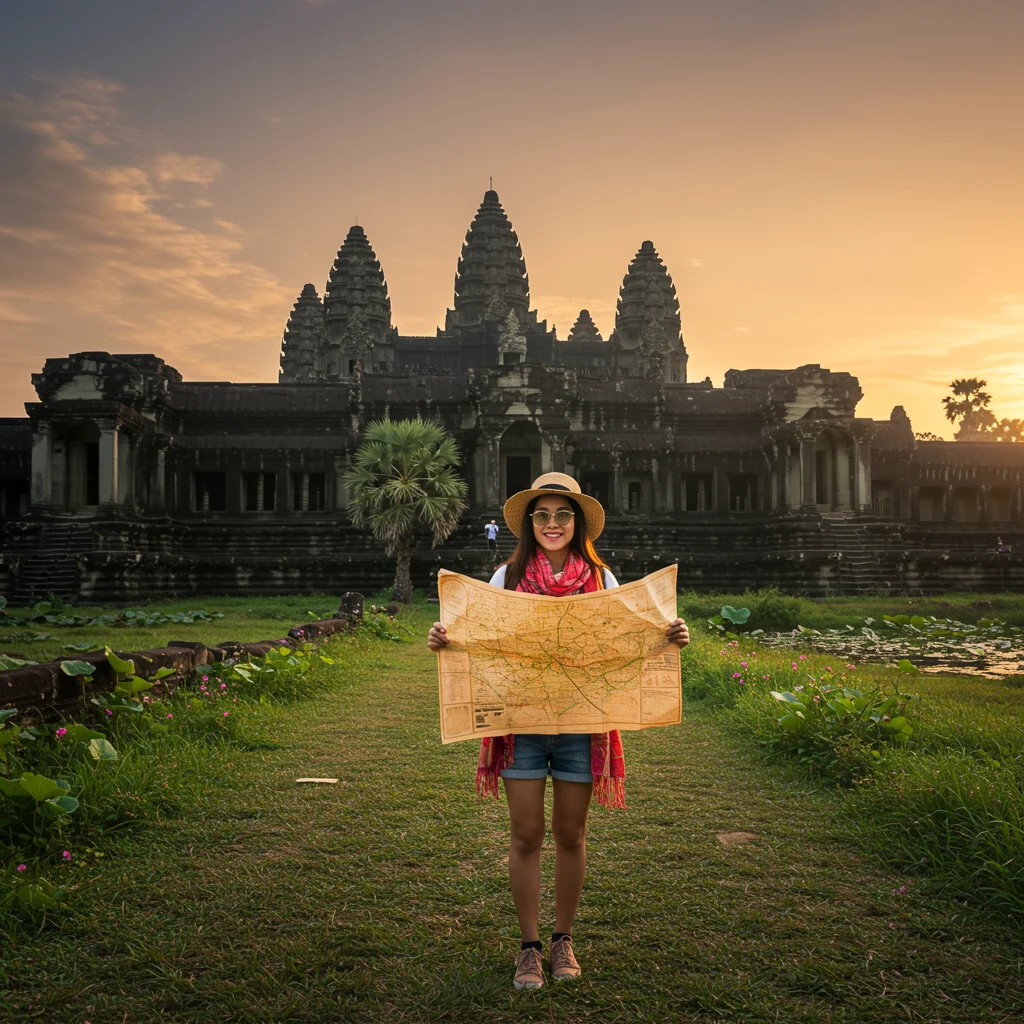
How Many Days Do You Need for Angkor Wat?
Most visitors spend at least one full day exploring Angkor Wat and its neighboring temples. However, to truly appreciate the diversity and depth of the complex, we recommend allocating two or three days. This allows time for both the major sites and the more secluded temples.
Best Time of Year to Visit Angkor Wat
The timing of your tour can greatly influence your experience, affecting everything from weather conditions to crowd levels.
Weather Considerations
The dry season, from November to March, offers the most comfortable temperatures and clear skies, making it the preferred time for most travelers. The wet season, from May to October, brings lush greenery and fewer crowds, but also the risk of heavy afternoon showers.
Crowd Levels by Season
Peak visitor numbers occur during the cooler months, especially around major holidays. Early morning and late afternoon visits can help you avoid the busiest times. If you prefer a quieter experience, consider traveling during the shoulder seasons, when tourist numbers dwindle and the temples feel more tranquil.
How to Get to Angkor Wat
Accessing Angkor Wat is straightforward, thanks to its proximity to the lively city of Siem Reap. Whether you arrive by air, bus, or private transfer, reaching the temple complex is part of the adventure.
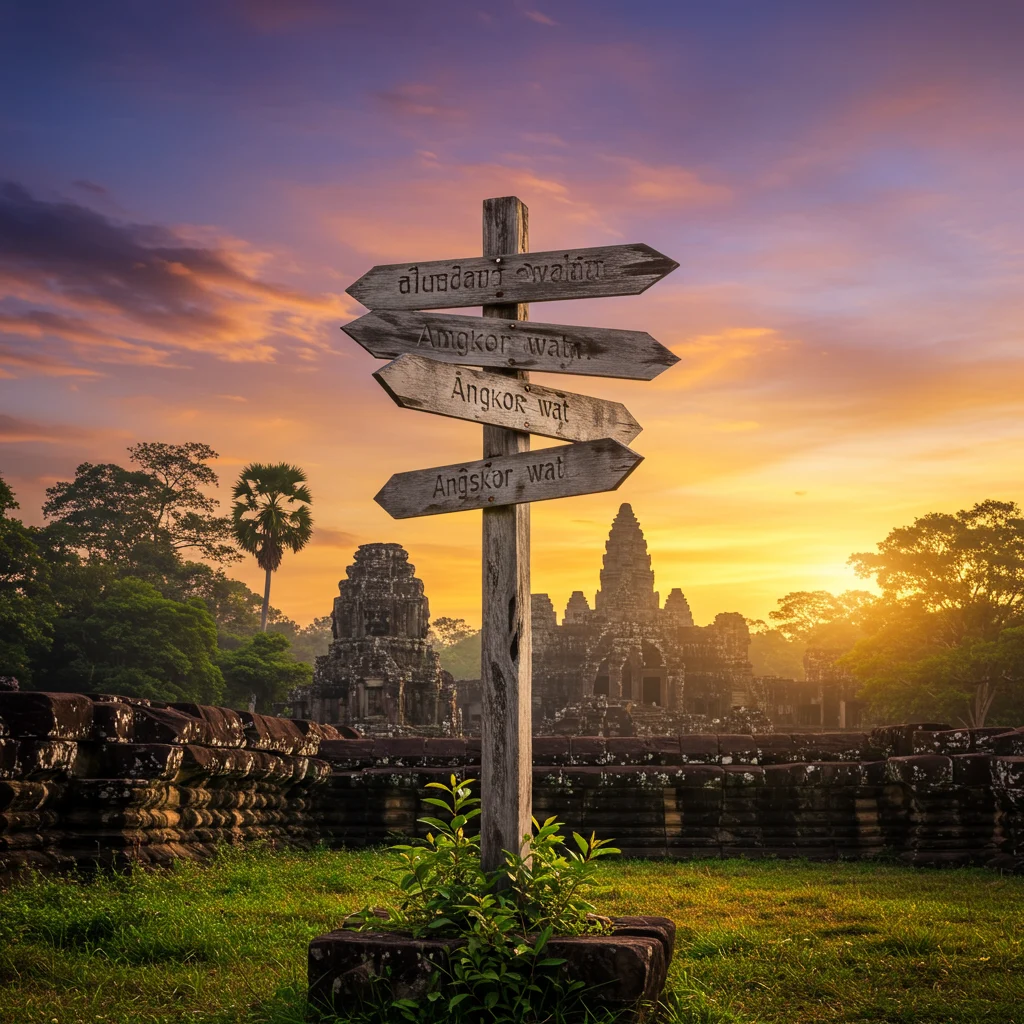
Arriving in Siem Reap
Siem Reap International Airport receives direct flights from major Asian cities, making it the primary gateway to Angkor Wat. Overland travel by bus or taxi is also possible from Phnom Penh and neighboring countries.
Transportation Options to the Temple Complex
From Siem Reap, you can reach Angkor Wat by tuk-tuk, taxi, bicycle, or even on foot for the energetic. Tuk-tuks are a popular choice, offering flexibility and a refreshing breeze as you travel through the countryside. Private cars provide comfort for families or larger groups.
Visa and Entry Requirements
Before setting out, ensure you have the appropriate travel documents for Cambodia. Entry requirements vary by nationality, so it’s wise to check in advance.
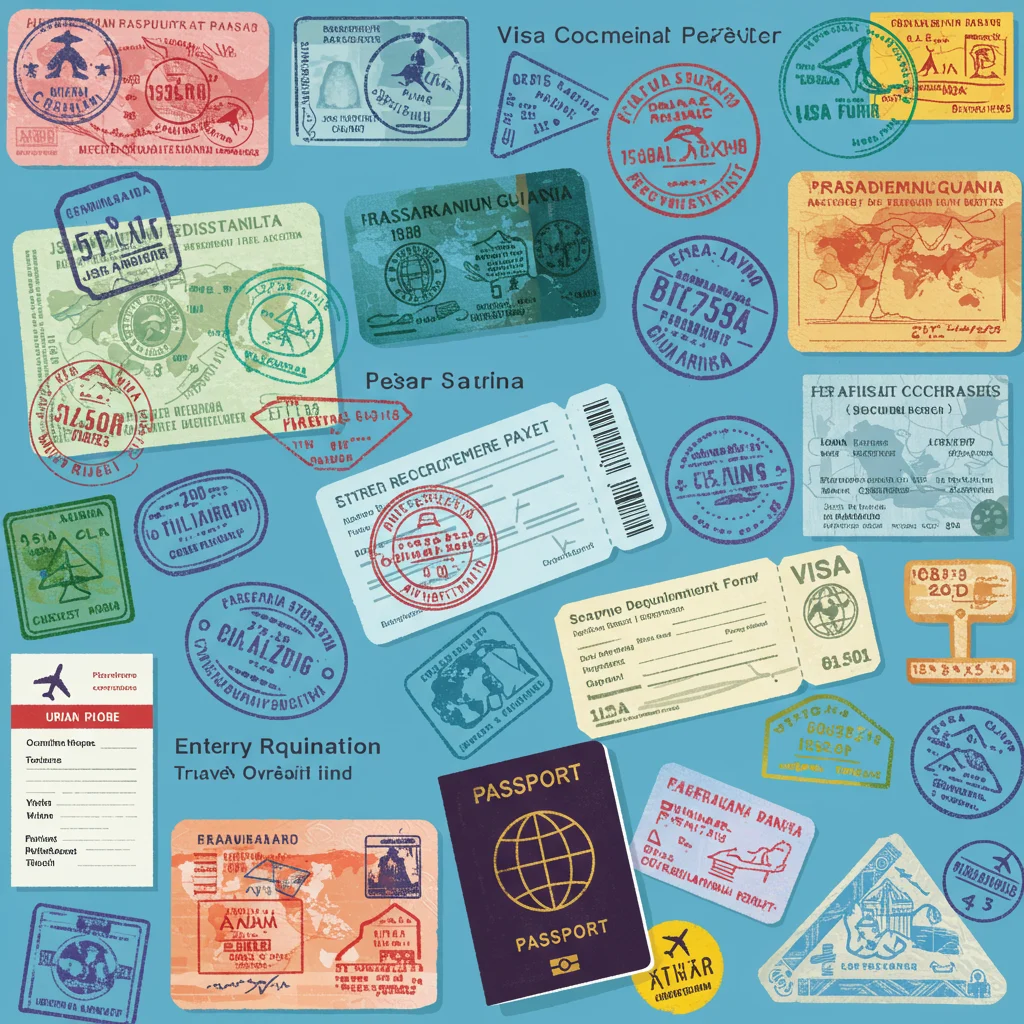
Do You Need a Visa for Cambodia?
Most travelers require a visa to enter Cambodia. Tourist visas are easily obtained on arrival at Siem Reap International Airport or through an e-visa application online. Ensure your passport has at least six months’ validity beyond your planned departure date.
Entry Fees and Ticket Types for Angkor Wat
Visiting Angkor Wat requires purchasing an Angkor Pass, which grants entry to the entire archaeological park. Understanding your options can help you make the most of your visit.

Where to Buy Angkor Passes
Passes are available at the official Angkor Ticket Office, located on the road from Siem Reap to the temple complex. Tickets are not sold at the temples themselves, so plan to stop at the ticket office before your visit.
Ticket Prices and Validity
Current prices are as follows:
- 1-day pass: $37 USD
- 3-day pass (valid for 10 days): $62 USD
- 7-day pass (valid for one month): $72 USD
Passes include a photo and are non-transferable.
Single Day vs. Multi-Day Passes
A single day allows for a whirlwind tour of the highlights, but a multi-day pass offers greater flexibility and a more relaxed pace. With extra time, you can revisit favorite temples or venture to quieter sites away from the main circuit.
Types of Angkor Wat Tours
There are numerous ways to experience Angkor Wat, each catering to different interests and travel styles. Choosing the right tour can enhance your understanding and enjoyment of the temples.
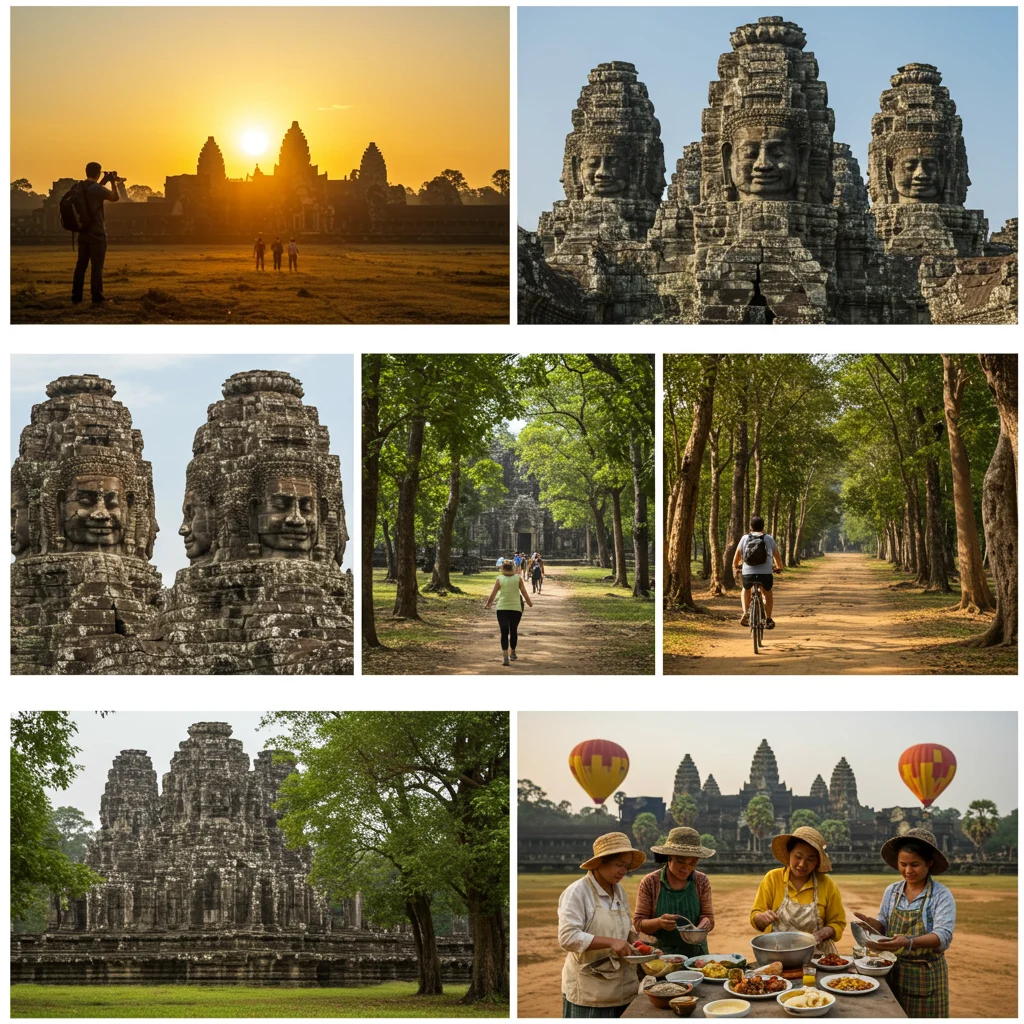
Guided Group Tours
Group tours are ideal for first-time visitors seeking structure and expert commentary. Guides provide valuable context, historical anecdotes, and help navigate the sprawling complex efficiently.
Private Tours
Private tours offer greater flexibility, allowing you to customize your itinerary and pace. This option is perfect for families, photographers, or anyone wanting a more personal experience.
Self-Guided Exploration
Adventurous travelers may choose to explore independently, using guidebooks or audio guides. This approach offers freedom and spontaneity, but requires more planning and research.
Sunrise and Sunset Tours
Witnessing sunrise at Angkor Wat is a bucket-list experience. Early morning tours beat the crowds and offer magical photo opportunities. Sunset tours, meanwhile, provide a softer light and a peaceful end to the day.
Special Interest Tours
Specialty tours focus on themes such as photography, archaeology, or cycling. For example, cycling tours allow you to traverse forested paths and rural villages, connecting more deeply with the landscape.
Which Tour Option Is Right for You?
Consider your interests, fitness level, and desired pace. Many travelers combine a guided tour for the main temples with self-guided exploration of less-visited sites. As we described in our post on the Tulum Ruins and cenote tours, mixing guided and independent experiences often yields the most rewarding adventures.
How to Choose a Reputable Tour Operator
Selecting a trustworthy tour company ensures a safe, enriching experience. Look for providers with knowledgeable guides, transparent pricing, and positive reviews.

Top-Rated Angkor Wat Tour Companies
Reputable operators often hold official licenses and employ local guides with deep historical knowledge. Many offer a variety of tour types, from classic circuits to specialized themes.
Questions to Ask Before Booking
Before confirming your tour, ask about group sizes, language options, included amenities (such as water or hotel pickup), and cancellation policies. Clarifying these details in advance can prevent misunderstandings and enhance your comfort.
Popular Angkor Wat Tour Itineraries
Thoughtfully designed itineraries help you maximize your time and energy, ensuring you see both the highlights and hidden treasures of the Angkor complex.
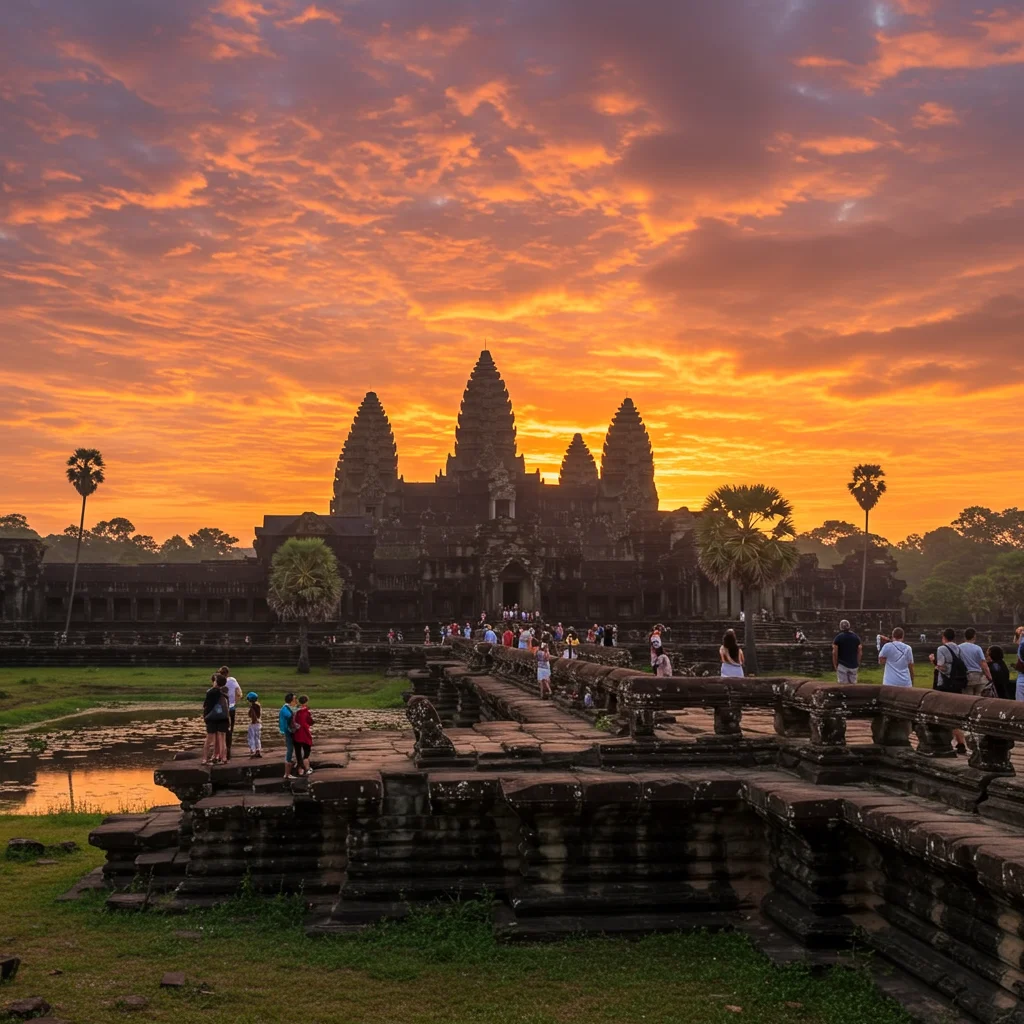
Classic One-Day Angkor Wat Tour
This itinerary typically covers Angkor Wat, Bayon, and Ta Prohm, with stops for lunch and rest. Early starts are essential for catching the sunrise and avoiding midday heat.
Two-Day In-Depth Exploration
A two-day tour allows for a more relaxed pace and additional sites such as Preah Khan and Banteay Srei. With extra time, you can linger at your favorite temples or explore quieter corners.
Three-Day Grand Circuit Tour
The grand circuit includes further-flung temples, rural villages, and scenic viewpoints. This approach is ideal for those who wish to fully immerse themselves in the landscape and history.
Off-the-Beaten-Path Temples and Hidden Gems
Adventurous travelers may wish to seek out temples like Beng Mealea or Koh Ker, where mossy ruins and thick jungle evoke a sense of discovery. As we mentioned in our Vietnam motorbike adventure guide, venturing off the main tourist path often leads to the most memorable moments.
How to Get Around the Angkor Complex
The Angkor Archaeological Park covers a vast area, so choosing the right mode of transport is key to a comfortable and enjoyable tour.
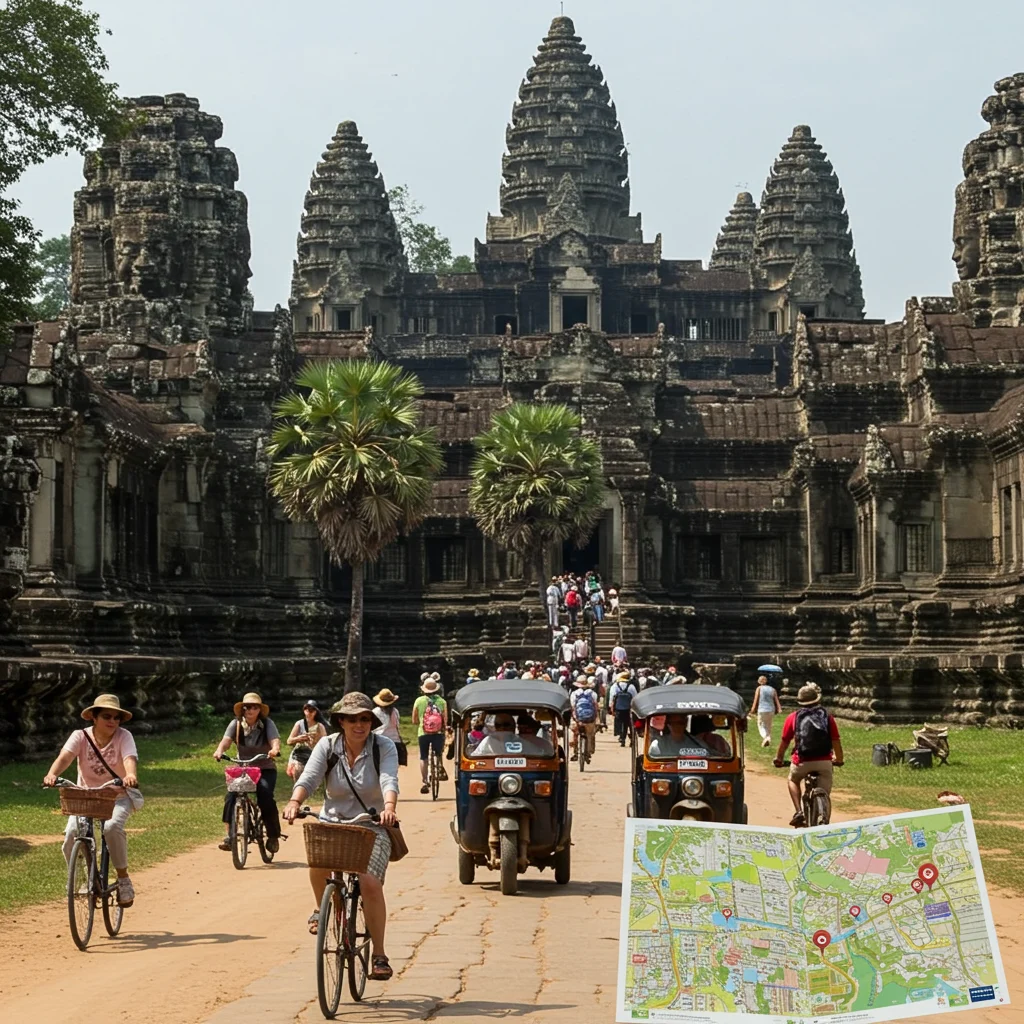
Tuk-Tuks and Local Transport
Tuk-tuks are the most popular way to get around, offering flexibility and a chance to feel the warm Cambodian breeze as you travel between temples. Drivers are usually knowledgeable and can suggest efficient routes.
Bicycle and E-Bike Rentals
Cycling offers a slower pace and the freedom to stop wherever you wish. E-bikes provide extra power for longer distances or hotter days, making the journey accessible to a wider range of travelers.
Hiring a Private Car or Driver
Private cars offer comfort, air conditioning, and the ability to cover greater distances efficiently—ideal for families or those with limited mobility.
Walking the Temple Grounds
Within each temple, walking is the best way to appreciate details and atmosphere. Comfortable footwear is essential, as some paths are uneven or sandy.
What to Expect During Your Visit
A visit to Angkor Wat is a sensory-rich experience. Prepare for heat, humidity, and long days of exploration, but also for moments of quiet beauty and awe.

Security and Safety Tips
While Angkor Wat is generally safe, keep valuables secure and remain aware of your surroundings. Hiring reputable guides and using official transport services adds a layer of security.
Health Precautions and Staying Hydrated
Carry plenty of water and rehydrate frequently, especially during the hot season. Sunscreen, hats, and insect repellent are also recommended. We always advise checking local health recommendations before your trip.
Facilities and Amenities at Angkor Wat
Basic facilities are available at the main temples, but amenities can be limited at remote sites.
Restrooms and Refreshment Stalls
Restrooms and food stalls are located near the major temples. Carry small change for purchases and consider packing snacks for longer excursions.
Accessibility for Travelers with Disabilities
Some areas of Angkor Wat are accessible by ramp, but many temples have steep steps and uneven terrain. Private tours can often be customized to accommodate special needs.
Dress Code and Cultural Etiquette
Respect for local customs is essential when visiting sacred sites. Modest dress and courteous behavior are expected throughout the temple complex.
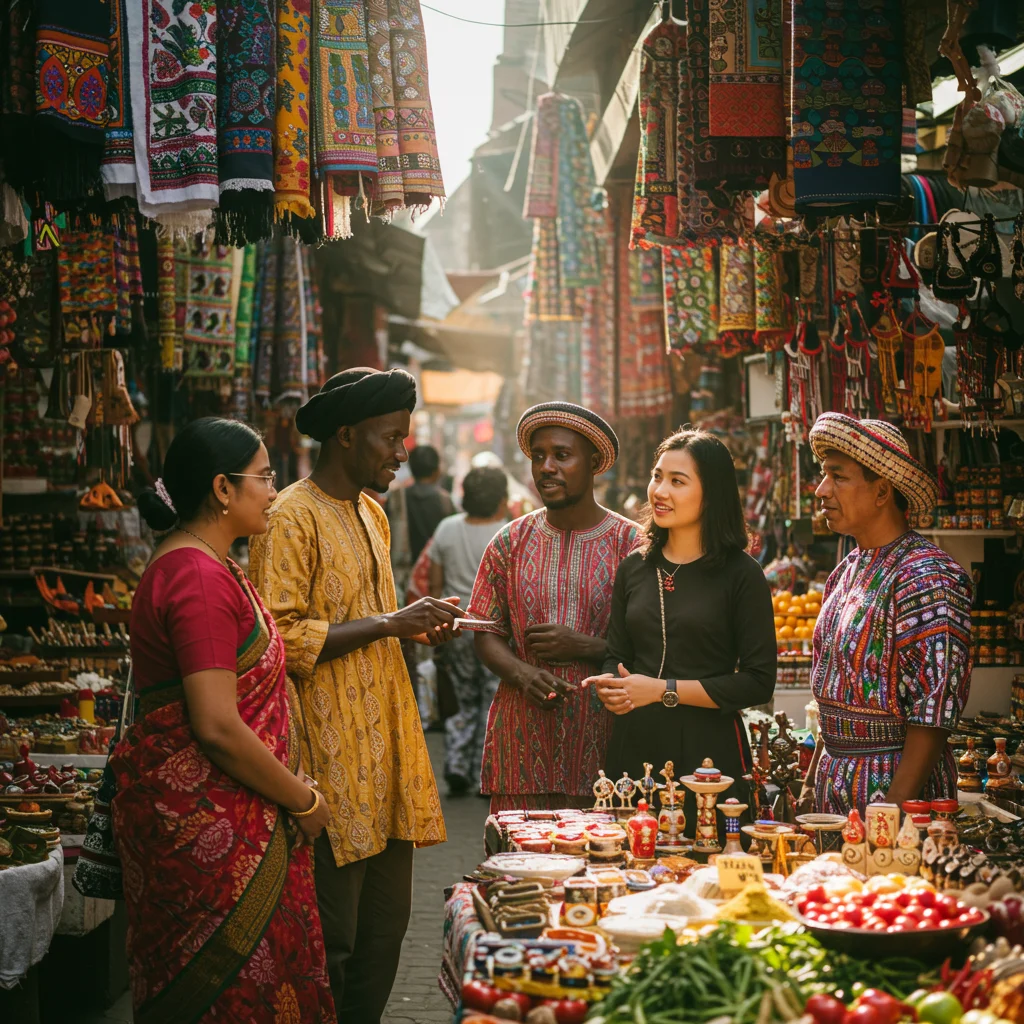
What Should You Wear to Angkor Wat?
Wear clothing that covers shoulders and knees. Lightweight, breathable fabrics are recommended for comfort in the heat. Sturdy shoes are important for walking on uneven surfaces.
Respecting Local Customs and Traditions
Be mindful of your behavior inside temples—avoid loud conversation, do not touch carvings, and always ask permission before photographing monks or local worshippers.
Photography Tips for Angkor Wat
Capturing Angkor Wat’s majesty is a highlight for many visitors. With thoughtful planning, you can return home with images that convey the spirit and scale of the temples.
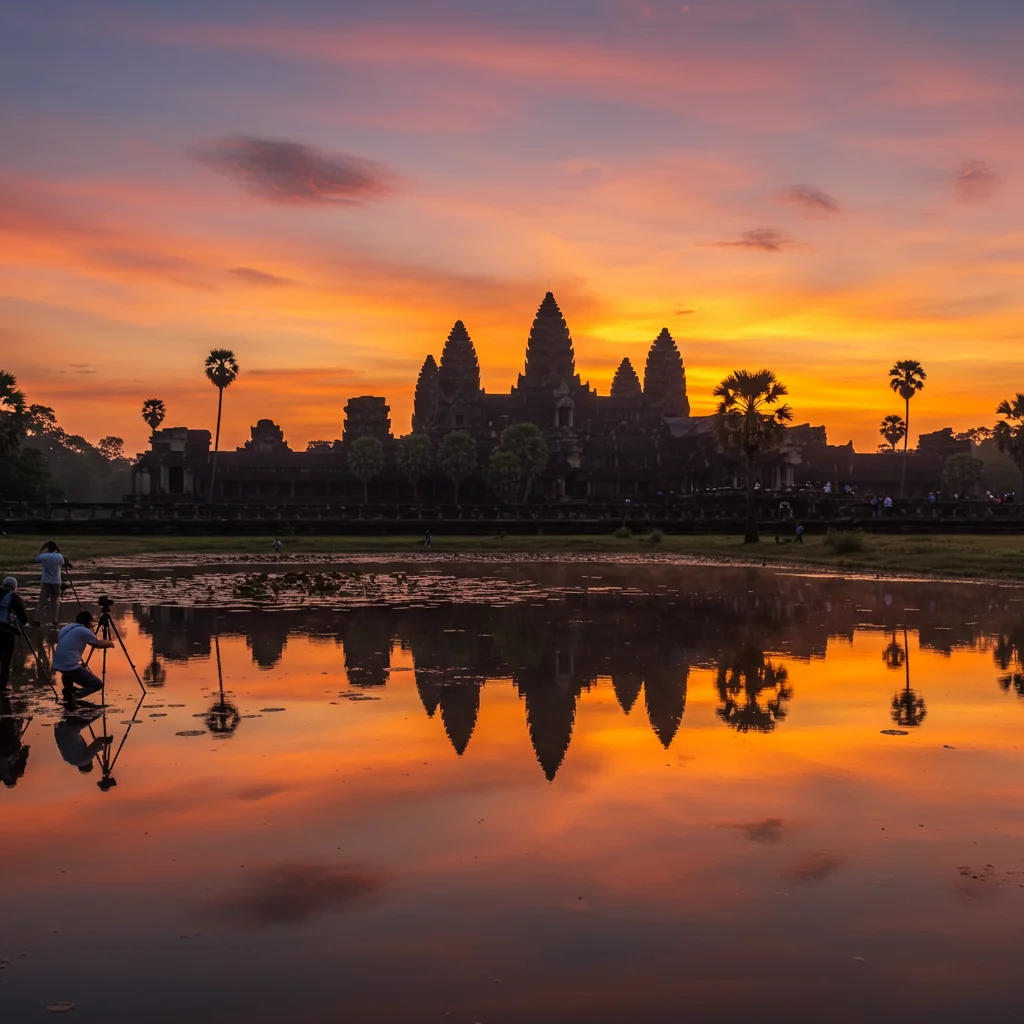
Best Photo Spots and Angles
The classic sunrise shot is taken from the reflecting pool in front of Angkor Wat. Bayon’s stone faces and Ta Prohm’s tree roots offer dramatic compositions. Soft morning or late afternoon light brings out the warm tones of the stone.
Rules for Photography Inside Temples
Photography is permitted in most areas, but flash is discouraged, especially near sacred statues or murals. Always respect signage and local customs regarding photography.
Drone Usage and Restrictions
Drones are strictly regulated within the Angkor Archaeological Park. Permits are required, and unauthorized drone use can lead to fines or confiscation. Check regulations before bringing a drone.
Wildlife and Nature Around Angkor Wat
The temple grounds are rich in natural beauty, with opportunities to observe native species and lush vegetation.

Birdwatching and Native Species
Angkor’s forests provide habitat for kingfishers, hornbills, and other exotic birds. Early morning is the best time for birdwatching, when the air is cool and the forest is alive with song.
Flora and Fauna in the Temple Grounds
Centuries-old trees, fragrant frangipani, and vibrant butterflies create a serene backdrop to the stone ruins. Observant visitors may also spot monkeys, lizards, and other small wildlife.
Where to Stay Near Angkor Wat
Siem Reap offers a wide range of accommodations, from luxury resorts to charming guesthouses, all within easy reach of Angkor Wat.

Top Hotels and Resorts in Siem Reap
Many five-star hotels provide spa facilities, pools, and fine dining, perfect for unwinding after a day of exploration. Some properties offer views of the temples or complimentary shuttle services to the complex.
Budget Accommodation Options
Backpackers and budget travelers will find numerous hostels and affordable guesthouses. These often feature communal spaces, tour booking assistance, and local insight.
Unique Boutique and Eco-Friendly Stays
Boutique hotels and eco-lodges offer personalized service and a chance to connect with the local community. Some properties are built using sustainable materials and support conservation efforts, echoing the values we highlighted in our post about the Banff Gondola Ride.
Dining and Food Experiences in Siem Reap
Siem Reap’s culinary scene is as diverse as its temples, blending traditional Khmer flavors with international influences.

Must-Try Khmer Dishes
Local specialties include amok (coconut fish curry), lok lak (stir-fried beef), and num banh chok (Khmer noodles). Flavors are often fragrant, with lemongrass, kaffir lime, and fresh herbs.
Restaurants with Views of Angkor Wat
Several restaurants and cafes near the temple complex offer terrace seating with panoramic views, making them ideal spots for a leisurely meal after a morning tour.
Street Food and Local Markets
Night markets and street stalls bustle with energy, offering skewers, fresh fruit shakes, and sweet treats. Sampling street food is a delicious way to connect with local life and savor authentic flavors.
Responsible Tourism and Preservation
As visitors, we play a vital role in protecting Angkor Wat for future generations. Responsible tourism helps ensure the ongoing preservation of this cultural treasure.

How to Visit Angkor Wat Sustainably
Minimize your environmental impact by using refillable water bottles, avoiding single-use plastics, and sticking to marked paths. Respect wildlife and do not remove anything from the site.
Supporting Local Communities
Choose locally owned accommodations, guides, and restaurants to support the people who steward Angkor Wat. Purchasing handicrafts directly from artisans provides meaningful economic benefits.
Conservation Efforts at Angkor Wat
Ongoing restoration projects, funded by ticket revenue and international partnerships, aim to preserve the temples’ structure and artistry. As experts often say:
“Preserving Angkor Wat is not just about protecting stones, but about honoring the spirit and wisdom of a civilization that continues to inspire the world.”
Nearby Attractions and Day Trips
The area surrounding Angkor Wat is rich with natural and cultural attractions, offering plenty of options for day trips and further exploration.
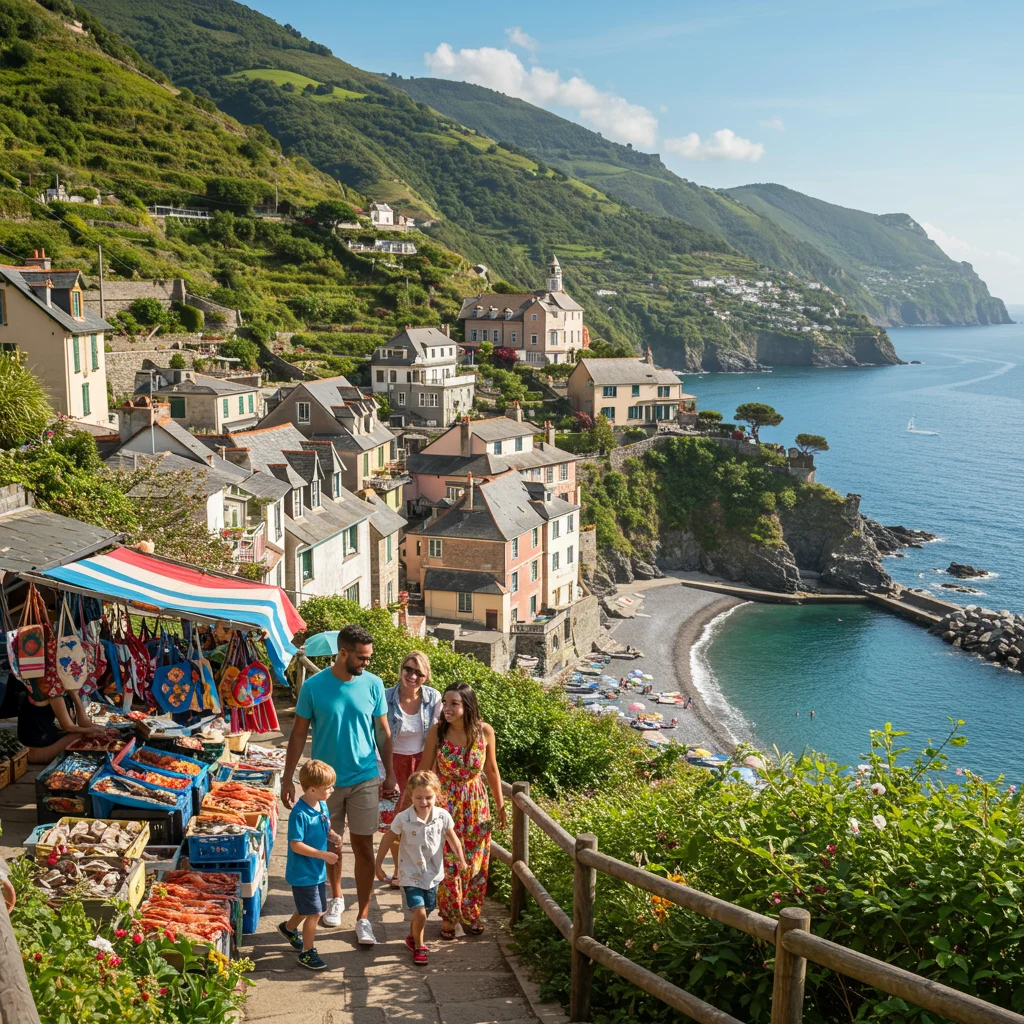
Tonle Sap Lake and Floating Villages
A visit to Tonle Sap reveals a unique way of life, with floating homes, markets, and schools. Boat tours offer insight into the daily rhythms of this vital ecosystem.
Phnom Kulen National Park
This sacred mountain park features waterfalls, ancient carvings, and panoramic views. A day trip here combines natural beauty with spiritual significance.
Siem Reap City Highlights
Beyond the temples, Siem Reap boasts lively markets, art galleries, and traditional dance performances. The city’s vibrant energy provides a perfect counterpoint to the tranquility of Angkor Wat. For those interested in combining urban exploration with nature, our Acadia National Park and Boston travel guide offers inspiration for city-based adventures.
Frequently Asked Questions About Angkor Wat Tours
Planning a visit often raises practical questions. Here are answers to some of the most common queries.
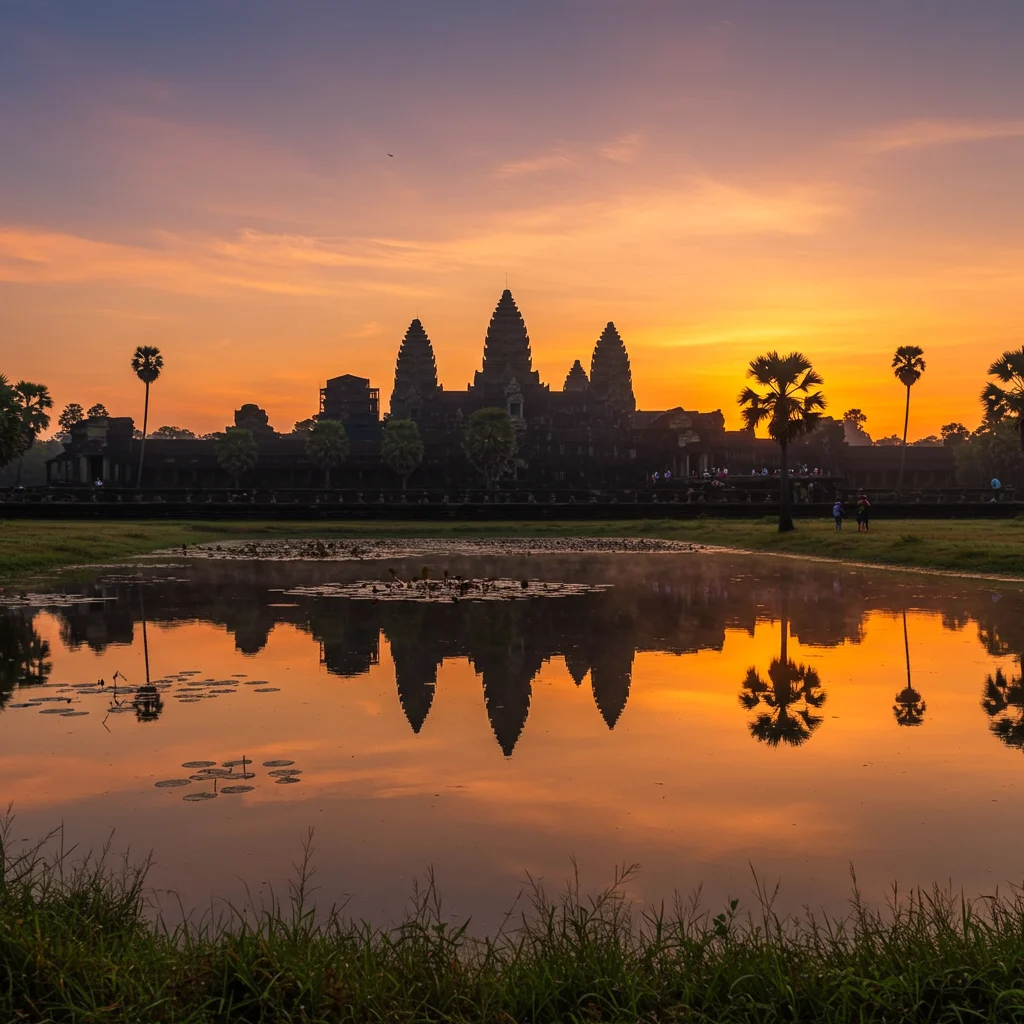
Is Angkor Wat Suitable for Families?
Yes, Angkor Wat is family-friendly. Children enjoy exploring the temple corridors and open spaces. Strollers can be challenging due to uneven terrain, so baby carriers are recommended for younger children.
Can You Visit Angkor Wat Without a Guide?
Independent visits are possible and rewarding, especially for experienced travelers. However, hiring a guide adds depth and context to your experience.
What Should You Bring for Your Tour?
Essential items include water, sunscreen, a hat, sturdy shoes, and a camera. A light rain jacket is helpful during the wet season. Bringing small bills for tips and refreshments is also advisable.
Final Tips for an Unforgettable Angkor Wat Experience
Arrive early to enjoy the temples in the cool, golden light of dawn. Take breaks to rest and appreciate the ambiance. Allow yourself time to absorb the stories and artistry at your own pace. With a spirit of respect and curiosity, your visit will be truly unforgettable.
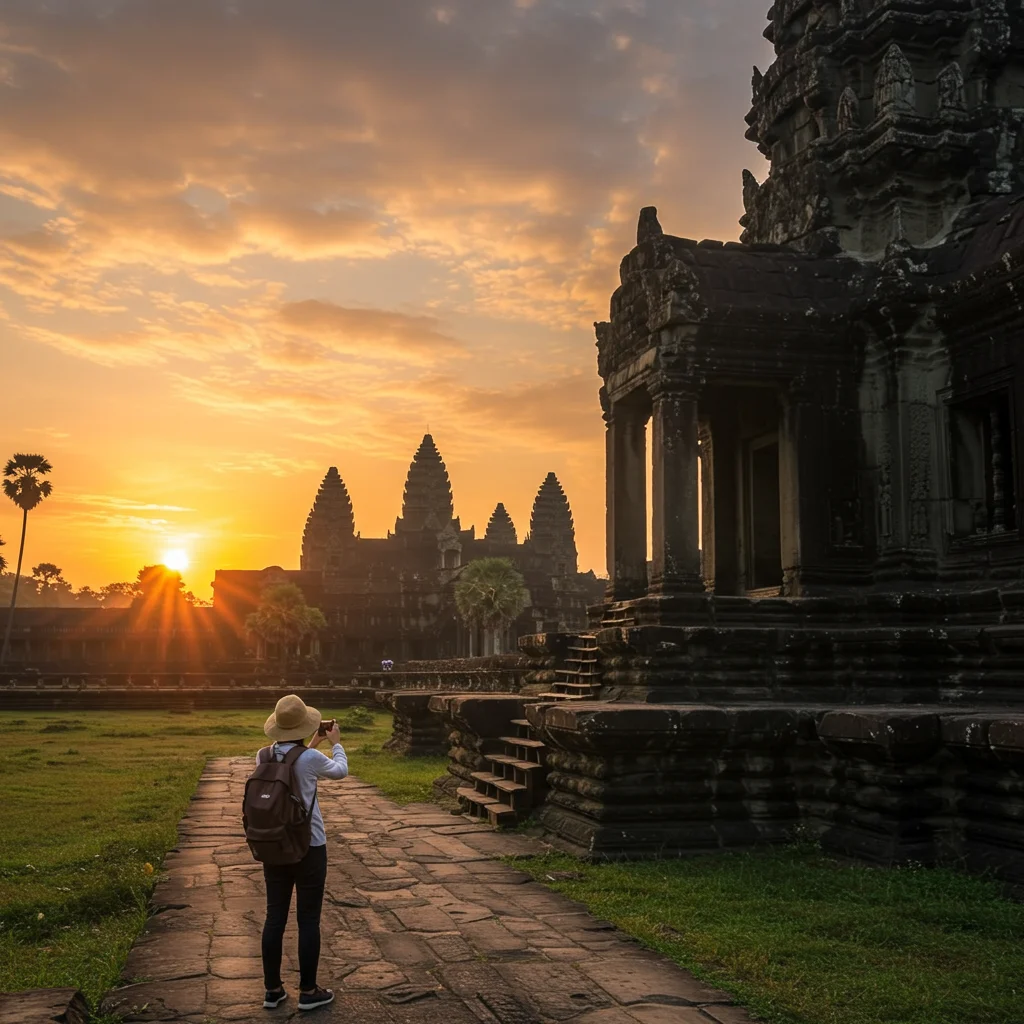
Summary and Next Steps
Angkor Wat offers a journey through history, art, and spirituality—an experience that lingers long after you return home. By planning thoughtfully and traveling responsibly, you can help preserve this extraordinary site for future generations. For more inspiration on world-class tours and practical travel tips, we invite you to visit Tourlik, your trusted resource for unforgettable journeys.


